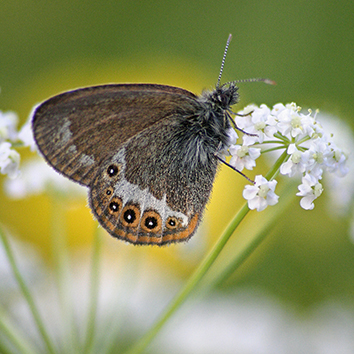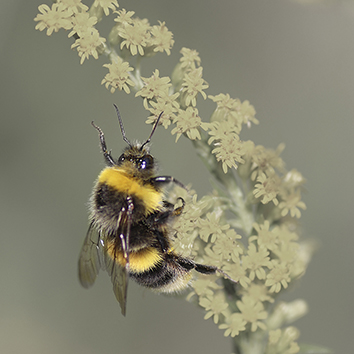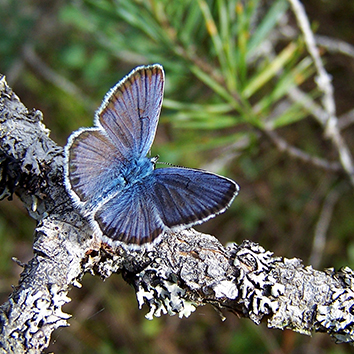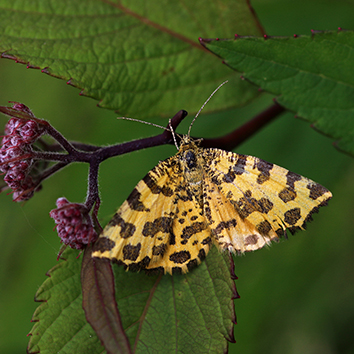- Startsida torsby.se
- / Bygga, bo & miljö
- / Naturvård, parker
- / Torsby fjärilspark
- / Torsby Butterfly Park
- / Infosign 2
Enhet
- Kommunkansliet
- Telefon: +4656016000
- E-post: torsby.kommun@torsby.se
- Postadress:
- Torsby kommun
- 1. Kommunkansliet
- 685 80 Torsby
- Besöksadress: Nya Torget 8, Torsby
Person
- Evelina Palm
- Stadsarkitekt/Planchef
- Tfn: +4656016020
- Mobil: +46730497019
- E-post: evelina.palm@torsby.se
- Besöksadress: Nya Torget 8, Torsby
När du kontaktar kommunen via brev eller e-post, kommer vi att behandla dina personuppgifter enligt dataskyddsförordningen
Floral splendor
Torsby municipality has created a park in the town center of Torsby. The purpouse of the park is to support biodiveristy and create awarness among people. In the park there is several infosign, here you can read these in english.
Flower-rich habitats
Flowers are vital for pollinators. They need both pollen and nectar, from early spring to late summer. Some species are picky and stick to single plants while other have a broader appetite. It is important to create habitats with varying settings and a wide assortment of plants.
The park has meadowlands, providing food and protection for the pollinators. Trees, bushes and flower beds also contribute with food and nesting opportunities.
”The meadow is the mother of the field”
Maybe you have heard this old saying? It originates in the traditional use of meadowlands as the source of hay for cattle and for grazing.
A consequence of the streamlining of farming is that winter fodder for cattle is being grown in fields and the earlier function of meadows have become redundant.
This makes the proportion of meadowland drastically decreased, posing a threat to our wild pollinators who need the meadows for protection, nesting and food.
Help natures´ heroes!
You can contribute:
Increase the proportion of flowers in the garden and on the balcony. Choose domestic species that bloom from early spring to late autumn.
Preserve existing trees and bushes and try to plant more.
Convert parts of your lawn to meadowland. or try to save as many flowers as possible in the lawn.
Allow yourself to keep the garden “untidy”, save fallen branches, old tree stumps and dead trees.
Fight invasive species, animals and plants that have entered Sweden with the aid of man spread quickly. They pose a threat to domestic species. Signal crayfish, spanish slug, large-leaved lupine and giant hogweed are some examples
Fun facts about some insects
.jpg)
The bumblebee is the worlds´ best pollinator. It is big and hairy, making lots of pollen stick to its´ body. Bumblebees are good fliers and can cover long distances despite averse weather. A little rain won´t stop a bumblebee!

The scarce heath, county insect of Värmland, has a wingspan the length of a pin-needle. This little rascal is endangered but still live on a few locations in Värmland. Best opportunity of finding it is in forest glens on sunny June days.

Bees. There is a total of ca 270 different species of bees in Sweden. Even bumblebees are actually bees. Many of our domestic bees are endangered. Species that were common to Värmland, like anthophora plagiata (bumblebee-bee) and cuckoo bee (nomada integra) are now extinct.

Spring azure. Sweden has some 20 different species, of which about half are endangered. The spring azure likes to feed on pink clover, white clover and birds-foot trefoil. If you avoid cutting the grass where these flowes grow you will make the spring azure, and other butterflies, happy.

The speckled yellow. Just like us, it likes it best in Värmland. Just like other butterflies it develops from egg to larvae, to pupa and to completed butterfly. As a larvae if lives on, for instance, hedge woundwort which is a pink-blooming plant that has its´ Swedish name (stink-syska) from its´ unpleasant smell.
Innehållsansvarig: Evelina Palm
Senast genomgången:
Senast uppdaterad:
Saknar du någon information?
Har du synpunkter på den här sidan, tar vi tacksamt emot dem. Fyll i formuläret nedan och dina synpunkter skickas till ansvarig för sidan. Om du anger din e-postadress kan vi ge återkoppling. Tack för att du hjälper oss att skapa en bättre webbplats.

